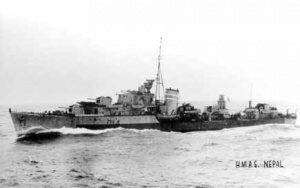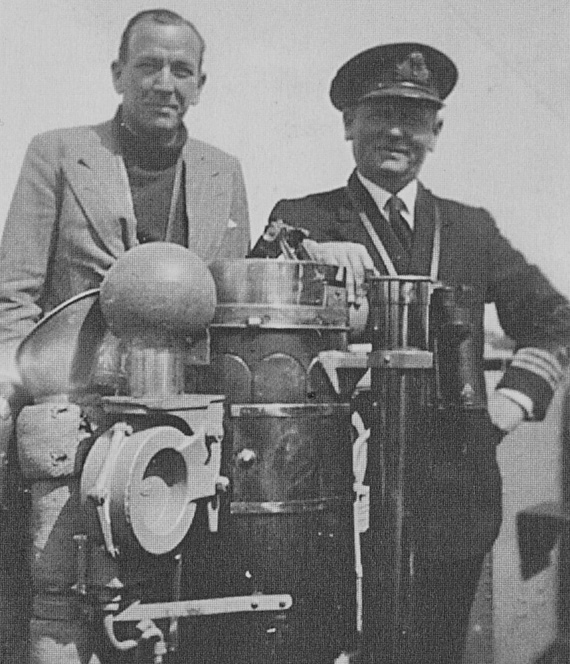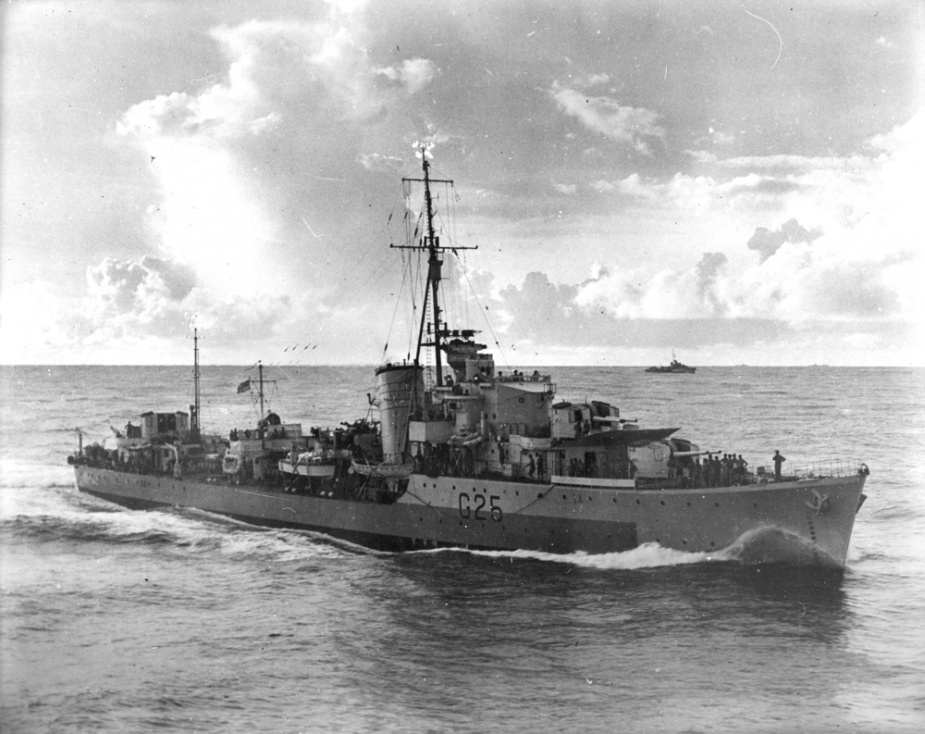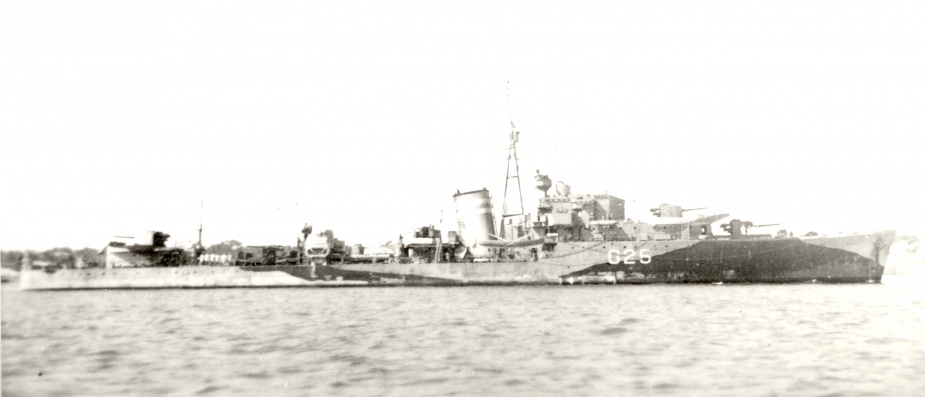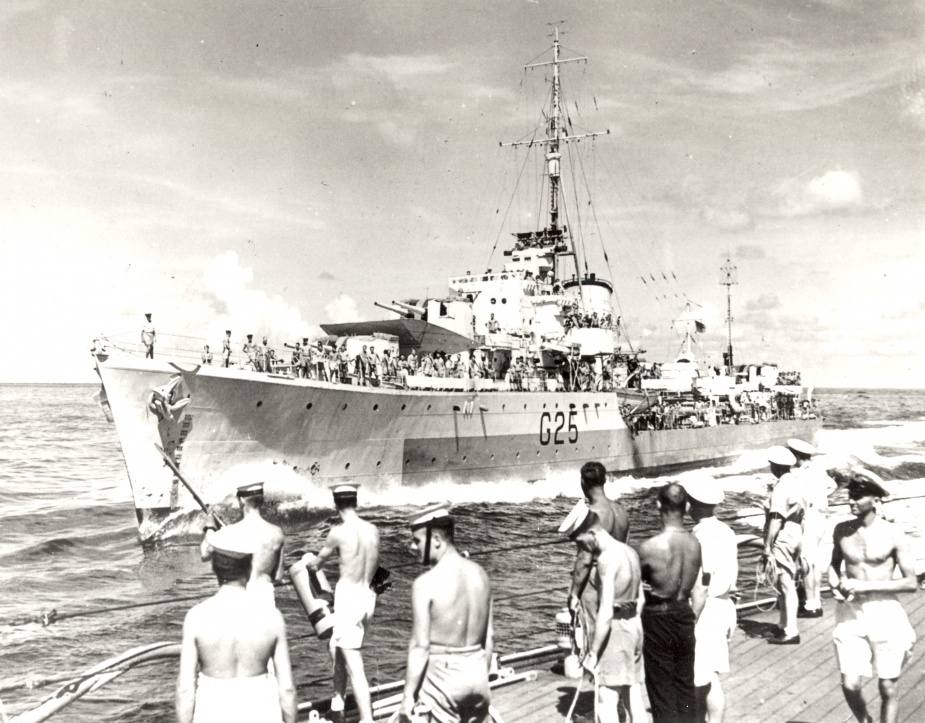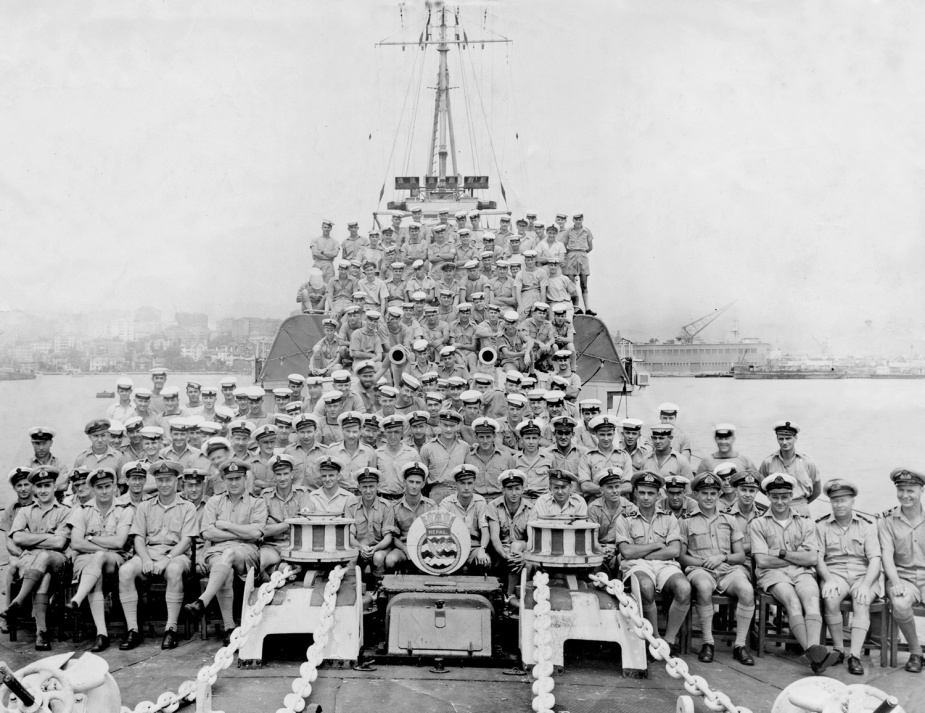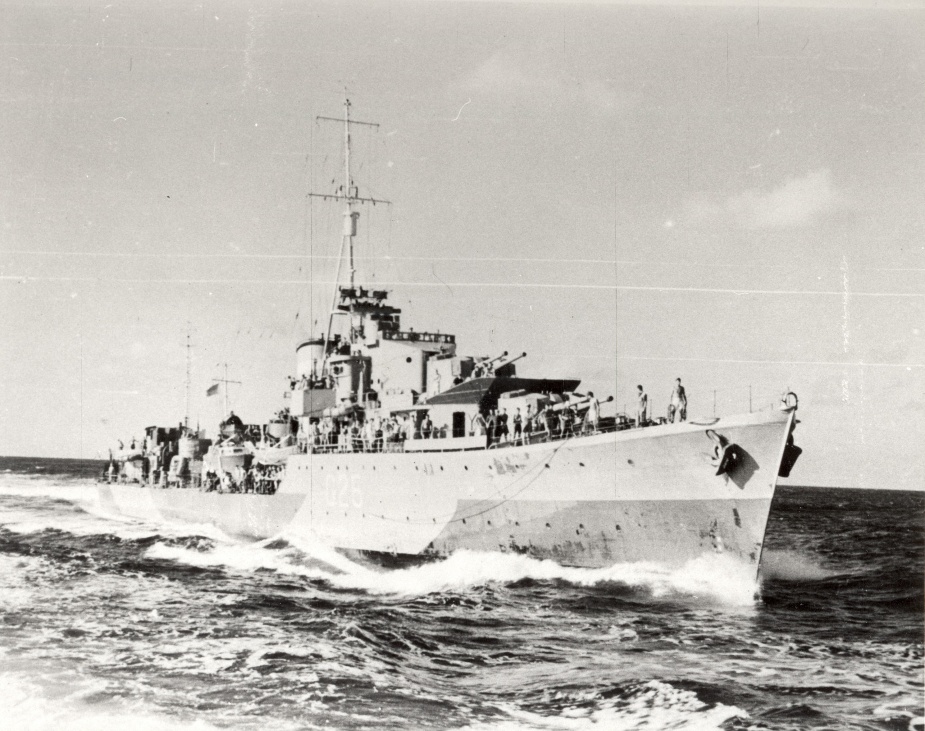HMAS Nepal
| Class |
N Class |
|---|---|
| Type |
Destroyer |
| Pennant |
G25 |
| Builder |
Thornycroft & Co, Southhampton, England |
| Laid Down |
9 September 1939 |
| Launched |
4 December 1941 |
| Commissioned |
11 May 1942 |
| Decommissioned |
22 October 1945 |
| Dimensions & Displacement | |
| Displacement |
|
| Length | 356 feet 6 inches |
| Beam | 35 feet 8 inches |
| Draught | 16 feet 4 inches (maximum) |
| Performance | |
| Speed | 36 knots |
| Complement | |
| Crew | 226 |
| Propulsion | |
| Machinery | Parsons geared turbines |
| Horsepower | 40,000 |
| Armament | |
| Guns |
|
| Torpedoes | 10 x 21-inch torpedo tubes (2 pentad mounts) |
| Other Armament |
|
| Awards | |
| Battle Honours | |
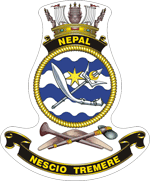
HMAS Nepal was one of eight N Class destroyers laid down in British yards during 1939 to the order of the Royal Navy. Five (Napier, Nestor, Nepal, Nizam and Norman (I)) were transferred to the Royal Australian Navy, two to the Royal Netherlands Navy and one to the Polish Navy. The only one to become a war loss, HMAS Nestor, was sunk by air attack in the Mediterranean on 16 June 1942.
Nepal commissioned on 11 May 1942 under the command of Commander Franklyn B Morris RAN.
She was the last of the Australian N Class destroyers to commission and began her war service with the Home Fleet at Scapa Flow. In June 1942 she returned to her builders yards at Southampton for docking in preparation for her movement to the Indian Ocean.
It was during this time that Nepal was used by Two Cities Films to represent the fictional destroyer HMS Torrin in the British war film In Which We Serve, starring Noel Coward. The film was based on the exploits of HMS Kelly while under the command of Coward's friend Lord Louis Mountbatten.
In July 1942 she sailed from Glasgow for Kilindini where she joined her sister ships Napier, Norman (I) and Nizam as a unit of the Eastern Fleet, on escort, fleet exercise and patrol duties. In September 1942 Nepal took part in the second phase of the Madagascar campaign. Operations beginning on 10 September with the capture of Majunga ended with the Allied occupation of the entire island and the surrender of the Vichy forces on 5 November 1942. Nepal was part of the forces assembled for the bloodless battle Tamatave, Madagascar's chief port, captured on 18 September. The only shots fired by the Australian ships came from Norman (I).
Nepal spent the closing months of 1942 based at Kilindini, escorting convoys between Kilindini and Durban and on anti-submarine patrols in the Cape area. Under Commodore Arliss (Commodore (D)), Commander Morris performed the duties of Captain (D) with the Eastern Fleet.

